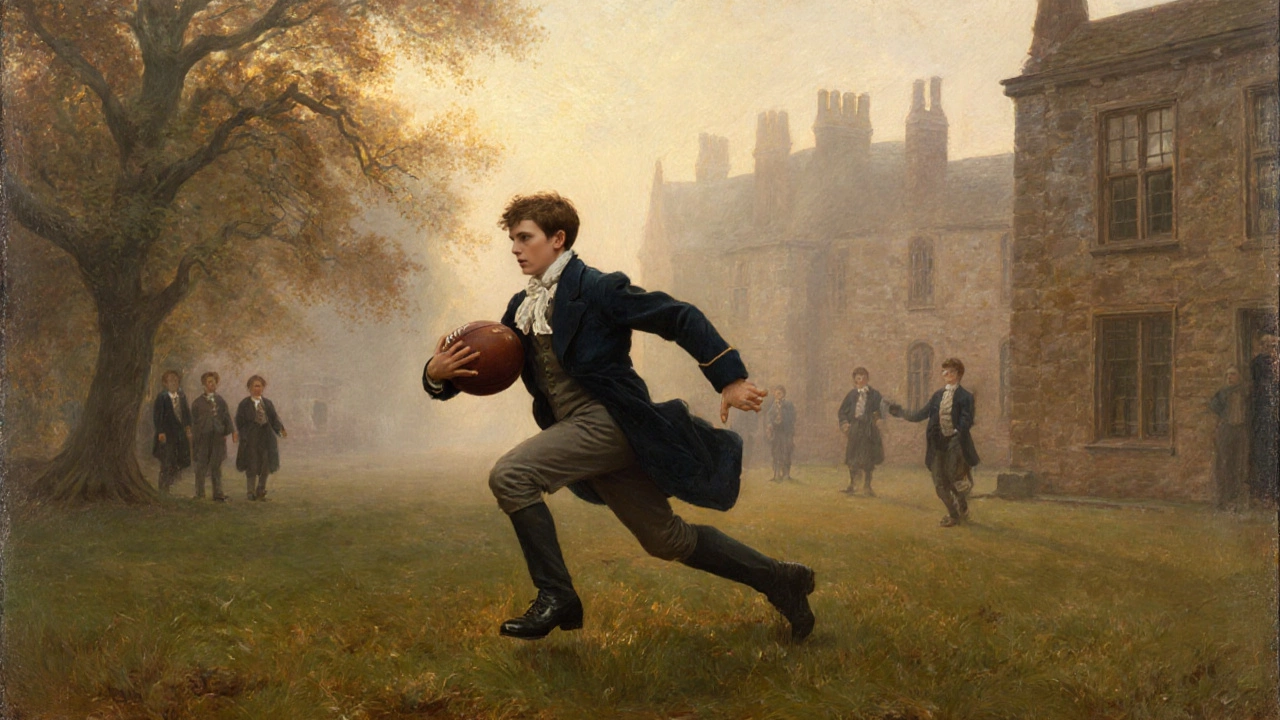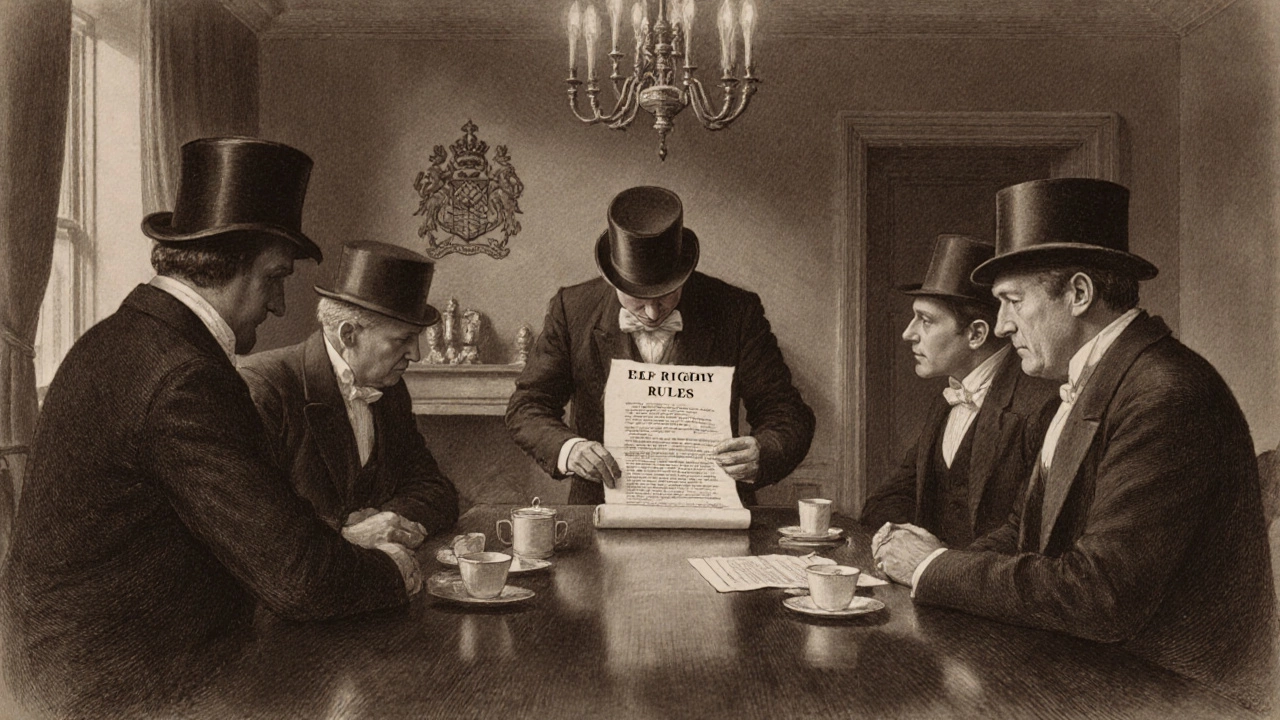
Rugby Union vs Rugby League Comparison Tool
Compare the key differences between Rugby Union and Rugby League to understand how the sport split and evolved over time.
| Feature | Rugby Union | Rugby League |
|---|---|---|
| Number of Players | 15 per side | 13 per side |
| Scrums | Contested, integral | Often uncontested or omitted |
| Scoring (Try) | 5 points | 4 points |
| Play-the-ball rule | None – ruck/maul after tackle | Yes – defense must retreat 10 metres |
| World Governing Body | World Rugby (formerly IRB) | International Rugby League (IRL) |
| Match Duration | 80 minutes (40 minutes halves) | 80 minutes (40 minutes halves) |
| Substitutions | Up to 8 substitutions per game | Up to 10 substitutions per game |
| Kick-offs | After tries or penalty tries | After scores and at half-time |
Key Difference Explained
Rugby Union is often considered the original code, with its roots at Rugby School in 1823. The 1895 split occurred when Northern clubs formed the Rugby League to allow professionalism. This led to significant rule differences, most notably the reduced number of players in League and the different scoring systems.
Ever wondered which nation gave birth to rugby? The short answer is England, and the story goes back to a 19th‑century boarding school where a daring student sparked a new sport.
Quick Takeaways
- Rugby was invented in England, specifically at Rugby School in Warwickshire.
- The legendary act of William Webb Ellis in 1823 is commonly cited as the sport’s origin.
- Formal rules were codified in 1845, leading to the creation of the Rugby Football Union in 1871.
- A split in 1895 produced two codes: Rugby Union and Rugby League.
- Today the sport is played in over 120 countries, with the Rugby World Cup as its premier tournament.
The Birthplace: Rugby School
Rugby School is a prestigious public boarding school in Warwickshire, England, founded in 1567. It became the unlikely cradle of a new game when, according to school legend, a pupil named William Webb Ellis picked up the ball during a football match and ran with it.
William Webb Ellis is remembered as the figure who, in 1823, defied the prevailing rules of football by handling the ball. While modern historians debate the exact details, the story endures as the symbolic spark for rugby.
Ellis’s act didn’t instantly create a new sport, but it set the tone for a more aggressive, handling‑oriented version of football that flourished in the school’s grounds.

England Formalises the Game
By the 1840s a group of former Rugby School alumni were playing the same handling game at various English clubs. In 1845, these clubs drafted the first written code, often referred to as the “Rugby Rules.”
The most significant organizational step came in 1871 when the Rugby Football Union (RFU) was established in London, uniting 21 clubs under a single governing body. This body standardised the laws of the game, facilitating inter‑club matches across England and, eventually, the world.
The Split: Rugby Union vs Rugby League
While the sport grew in popularity, tensions rose over professionalism. Working‑class players in Northern England wanted compensation for missing work, while the RFU insisted on strict amateurism.
In 1895, 22 clubs broke away to form the Northern Rugby Football Union, later renamed the Rugby League. Those remaining under the RFU continued as Rugby Union. Both codes share a common ancestry but diverged in rules, number of players, and scoring systems.
| Feature | Rugby Union | Rugby League |
|---|---|---|
| Number of Players | 15 per side | 13 per side |
| Scrums | Contested, integral | Often uncontested or omitted |
| Scoring (Try) | 5 points | 4 points |
| Play‑the‑ball rule | None - ruck/maul after tackle | Yes - defense must retreat 10 metres |
| World Governing Body | World Rugby (formerly IRB) | International Rugby League (IRL) |
From England to the World
The first international match took place on 27 March 1871 when England faced Scotland at Raeburn Place in Edinburgh. England’s victory helped cement its status as the sport’s birthplace.
Rugby spread quickly to the British Empire, taking root in Australia, New Zealand, South Africa, and France. These nations later became powerhouses, each contributing distinct styles.
The sport’s global showcase, the Rugby World Cup, launched in 1987 under the auspices of World Rugby. Held every four years, it now draws over eight million viewers per tournament, underscoring rugby’s evolution from a schoolyard pastime to a worldwide phenomenon.

Modern Legacy in England
Today, England remains a central hub. The country invented rugby is celebrated each autumn at the annual Six Nations match at Twickenham, the iconic home stadium of the England national team.
Grassroots programs still teach the original laws from the 1845 code, and the RFU continues to promote inclusivity, from youth girls’ teams to veteran leagues. The sport’s heritage is woven into local festivals, school curricula, and even popular culture - think of the famous “Rugby‑loving dad” trope in British sitcoms.
Key Takeaways for History Buffs
- Rugby’s origin is tied to a single English school and a single student’s bold move.
- The first written rules appeared in 1845, establishing England as the sport’s legal foundation.
- The 1895 split created the two codes we know today, each with its own governing body.
- International competition began in 1871, and the Rugby World Cup launched in 1987.
- England still celebrates its status as the birthplace through major events and community programs.
Frequently Asked Questions
Did rugby really start with William Webb Ellis?
The tale of Ellis picking up the ball in 1823 is part legend, part myth. Contemporary records are sparse, but the story endures as a symbolic origin. Historians agree that the handling style evolved gradually at Rugby School.
When were the first formal rugby rules written?
In 1845 a group of former Rugby School pupils codified the first set of rules, often called the “Rugby Rules.” These laid the groundwork for later national and international regulations.
Why did Rugby Union and Rugby League split?
The split in 1895 stemmed from a dispute over player compensation. Northern clubs wanted to pay working‑class players for missed work, while the Rugby Football Union insisted on maintaining amateurism. This led to the birth of Rugby League.
Which country hosted the first Rugby World Cup?
The inaugural Rugby World Cup was jointly hosted by Australia and NewZealand in 1987. NewZealand won the tournament, defeating France in the final.
How many countries play rugby today?
World Rugby reports that the sport is played in over 120 nations, with more than 9million registered players worldwide.